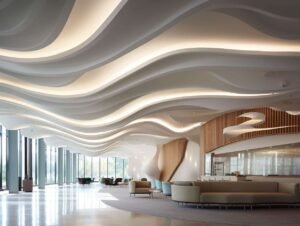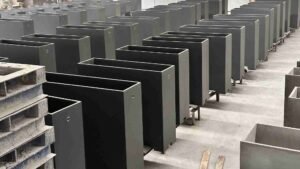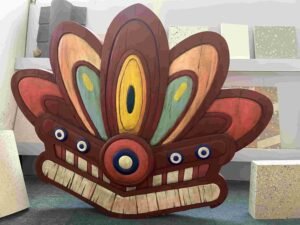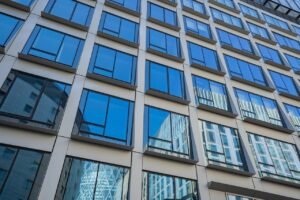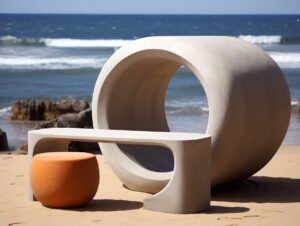
Conshell: Delivering Success with Exceptional Supply Speed, Product Quality, and Customer Service – A Case Study with an Australian Real Estate Developer
In today’s increasingly competitive global construction market, choosing a reliable supplier is crucial for keeping projects on track. With its rapid supply, premium product quality, and outstanding customer service, Conshell successfully helped an Australian real estate developer overcome long-standing supply issues and establish a strong, long-term partnership. Here’s a detailed look at this success story. Customer’s Challenge: Slow Supply and Inconsistent Quality Delayed the Project The Australian real estate developer initially found Conshell on Alibaba and inquired about GRC flower boxes for a commercial residential project. The order involved 300+ pieces in over a dozen different styles. During discussions, we learned that the original supplier had slow delivery times and inconsistent product quality, causing significant project delays. After multiple failed attempts to resolve the issues, the customer turned to Conshell for a solution. Conshell’s Three Key Advantages: Fast Supply + Superior Quality + Exceptional Service


